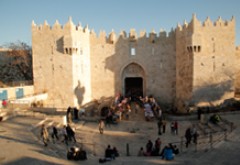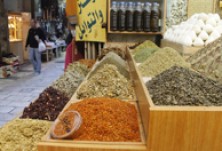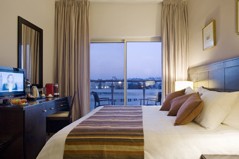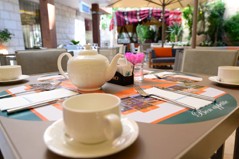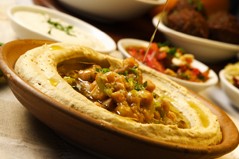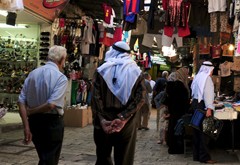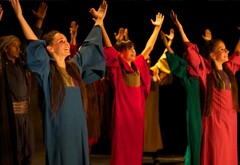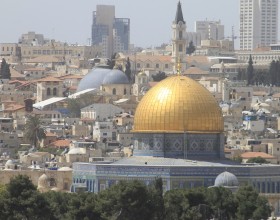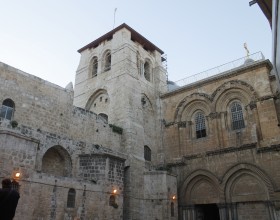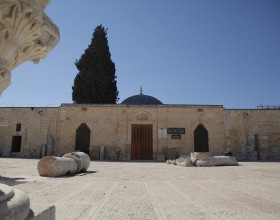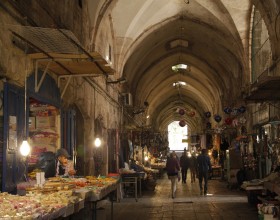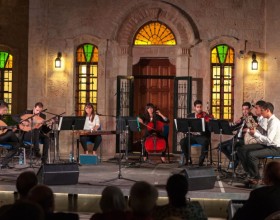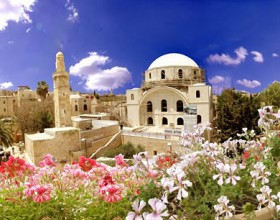City Attractions
City Attractions
Attractions in the Holy Land
Includes information on the most important sites in history associated with Islam, in Jerusalem.
Includes information on the most important religious sites in history, related to Christianity in Jerusalem
All the information needed to discover beautiful and eclectic markets and bazaars inside the old city of Jerusalem
includes a description of historical sites from different historical periods within the walls of the old town of Jerusalem and its environs
information about the natural tourist sites in Jerusalem and instructions on how to access them
Offers a large variety of information for important international institutions, cultural centers and art, all based in Jerusalem
The Jewish presence in Jerusalem ended in the year 135 AD after the Roman Emperor Hadrian issued an order prohibiting them from living in the City. T...

